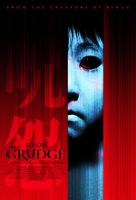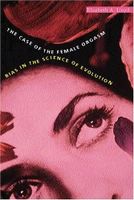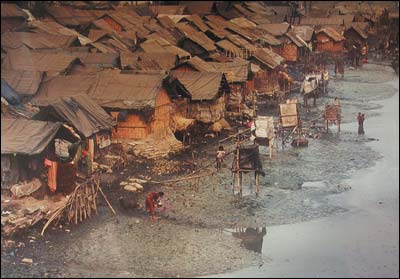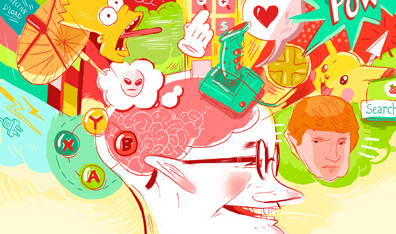When she was an undergrad. in college, Ann Patchett (author of bestseller, Bel Canto) knew of Lucy Grealy. Everyone did. Lucy had lost part of her jaw on the right side of her face due to Ewing’s Sarcoma as a child. The story behind her damaged face and her incandescent personality made Lucy Grealy a campus celebrity,and because everyone knew her story, they thought they knew Lucy. Ann Patchett knew of Lucy, but when they were both starting out as graduate students at the Iowa Writer’s Workshop, they ended up living together because neither could afford an apartment on her own. It was the start of an immediate and intense friendship that lasted nearly twenty years.
In this book, Ann takes us from their first meeting through Lucy's numerous reconstructive surgeries (38, in all), her desperate need to be loved and accepted, her preoccupation with having a boyfriend and to be desirable, to be the center of attention, her pain-physical and mental, the dependency on narcotics, the numerous courses she signed up for at college and successful book publications, her debts, depression, her heroin trips, her admittance into a psychiatric hospital,their mutual friends---right up until the end of Lucy's life.
To be honest, I am not sure I could write a book about my dead best friend and be so brutally revealing about her shortcomings, especially when she has no way of defending herself. I am not sure I liked the way Ann lays bare Lucy's brokenness, showcasing a damaged character. I came away from the book feeling like Lucy lacked discipline, financial responsibility and self-esteem. She seemed to live for fast and furious pleasure - whether that was sex, alcohol, drugs or the high of publishing success, but, did she really? Or is this just Ann's vantage point?
Lucy's sister is apparently quite peeved at Ann for writing this book. Here's a link to the article:
Lucy's sister is apparently quite peeved at Ann for writing this book. Here's a link to the article:
Highjacked by Grief
To Ann's credit, she fully admits that Lucy's works were often superior to her own. She lovingly tells of a joint reading the two delivered, where she hurriedly read and sat down so that the audience could receive what they truly came for: Lucy.
Ann Patchett is an extraordinary writer and I especially loved how she compared Lucy and herself to the Ant and the grasshoper from Aesop's Fables. Where she likens herself the ant---hardworking, serious, concerned for the future and Lucy the grasshoper---happy go lucky, living for the day, treating life as one big party. In the end, she observes:
"Grasshoppers and hares find the ants and tortoises. They need us to survive (referring to the fable where the ant shared her stores with the grasshoper), but we need them as well. They were the ones who brought the truth and beauty to the party, which, Lucy could tell you as she recited her Keats over breakfast, was better than food any day."
















